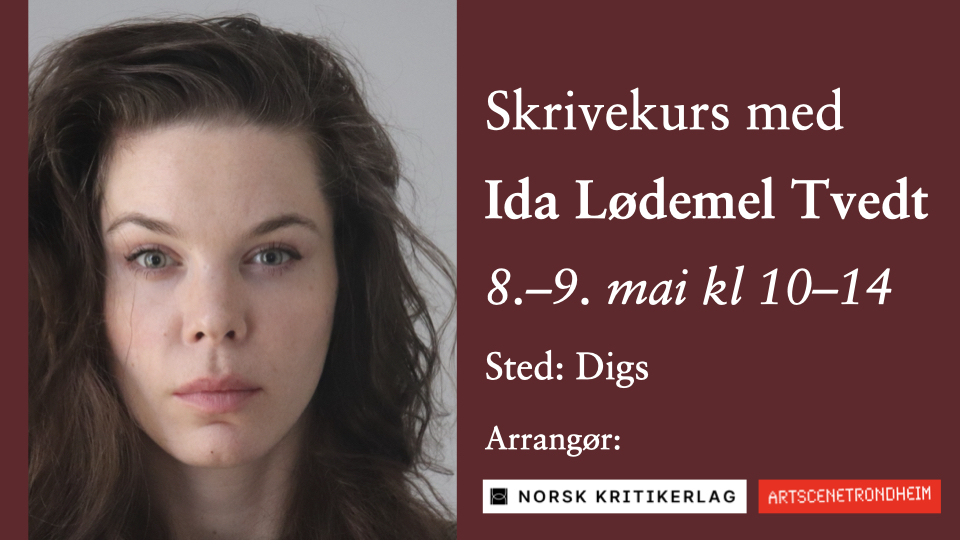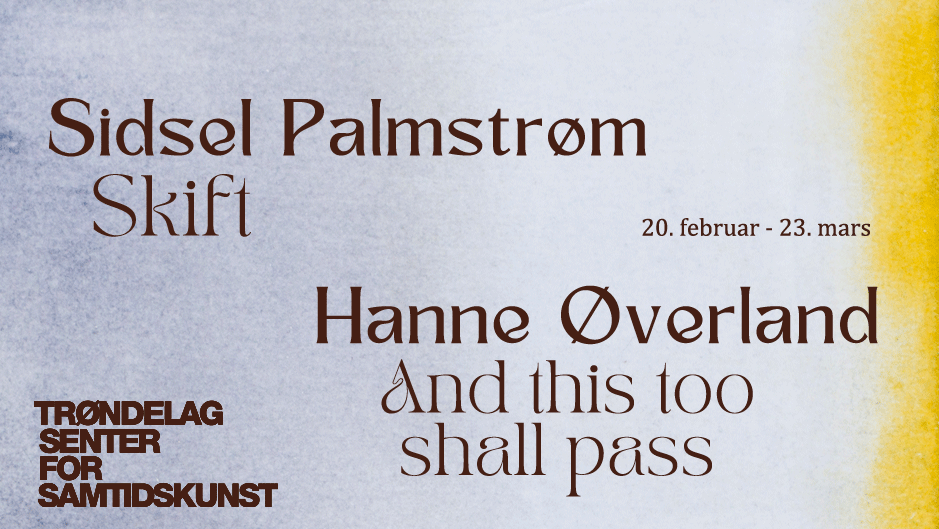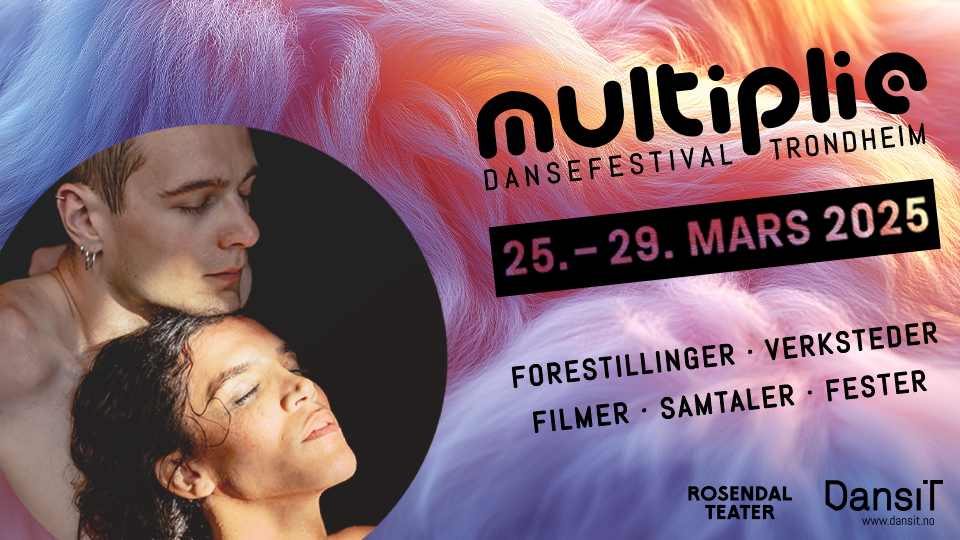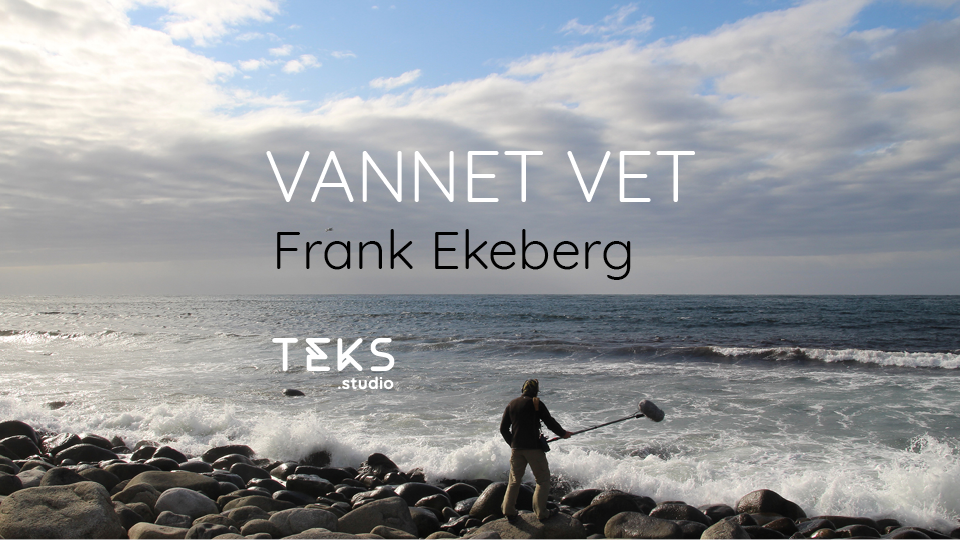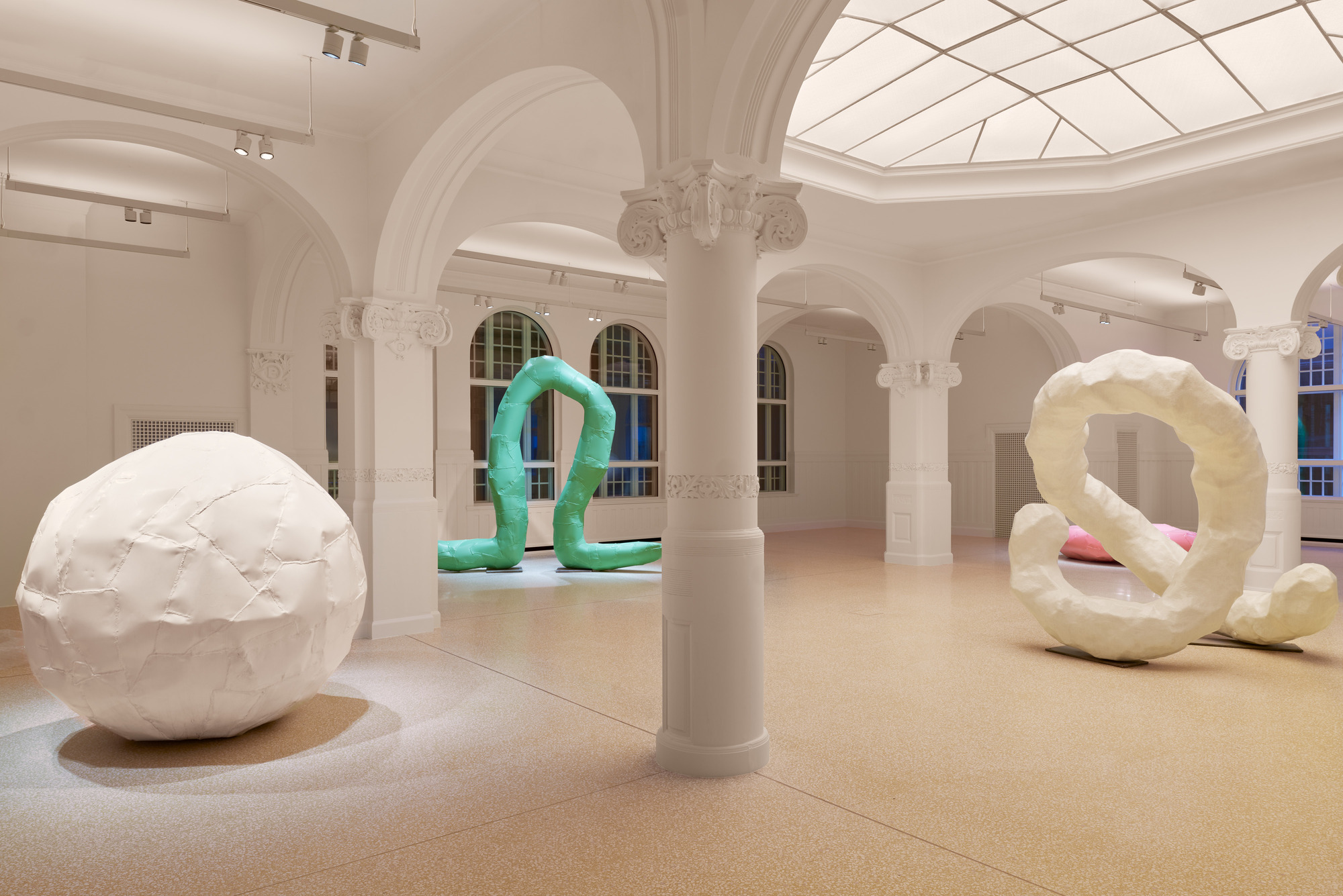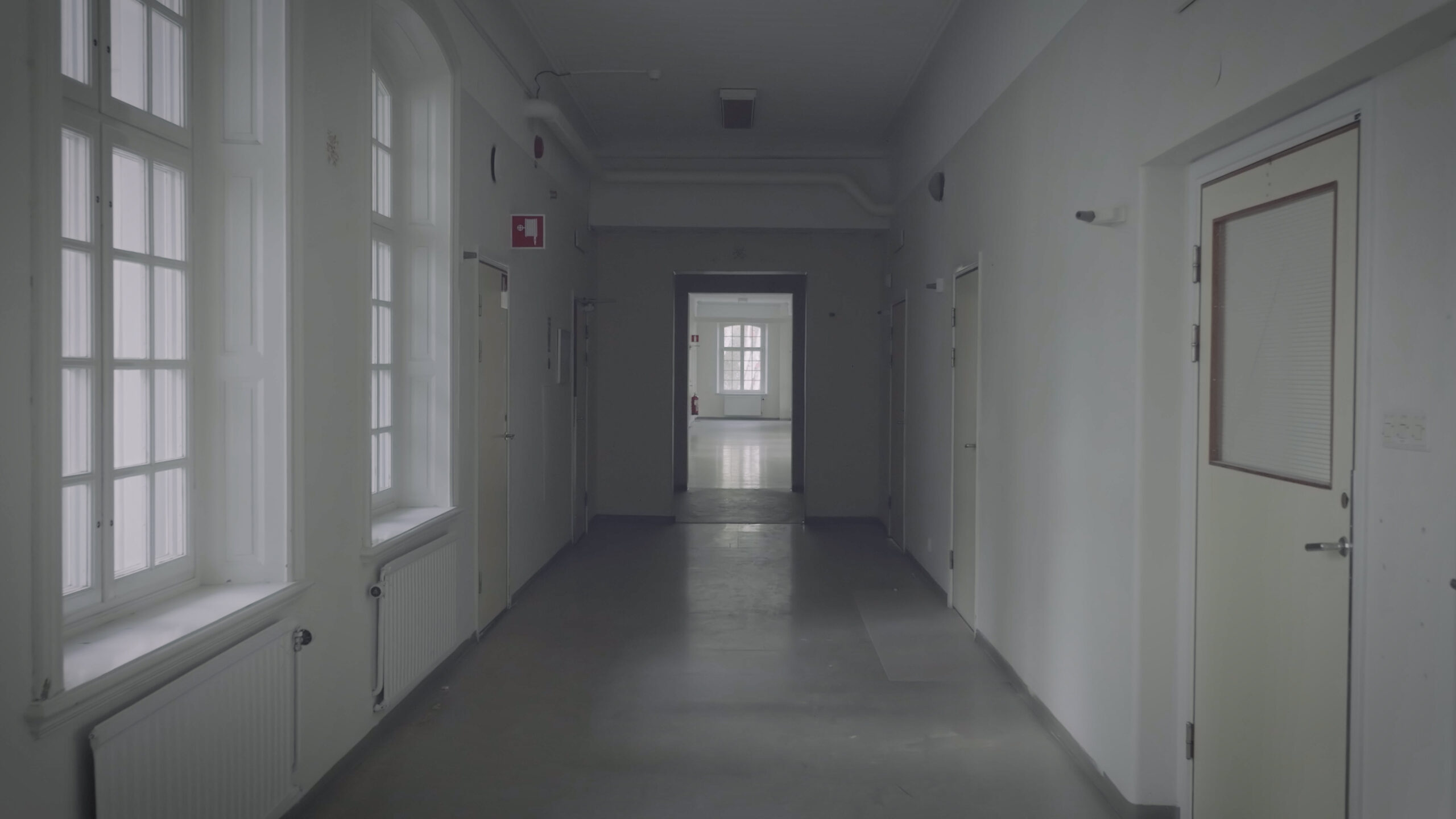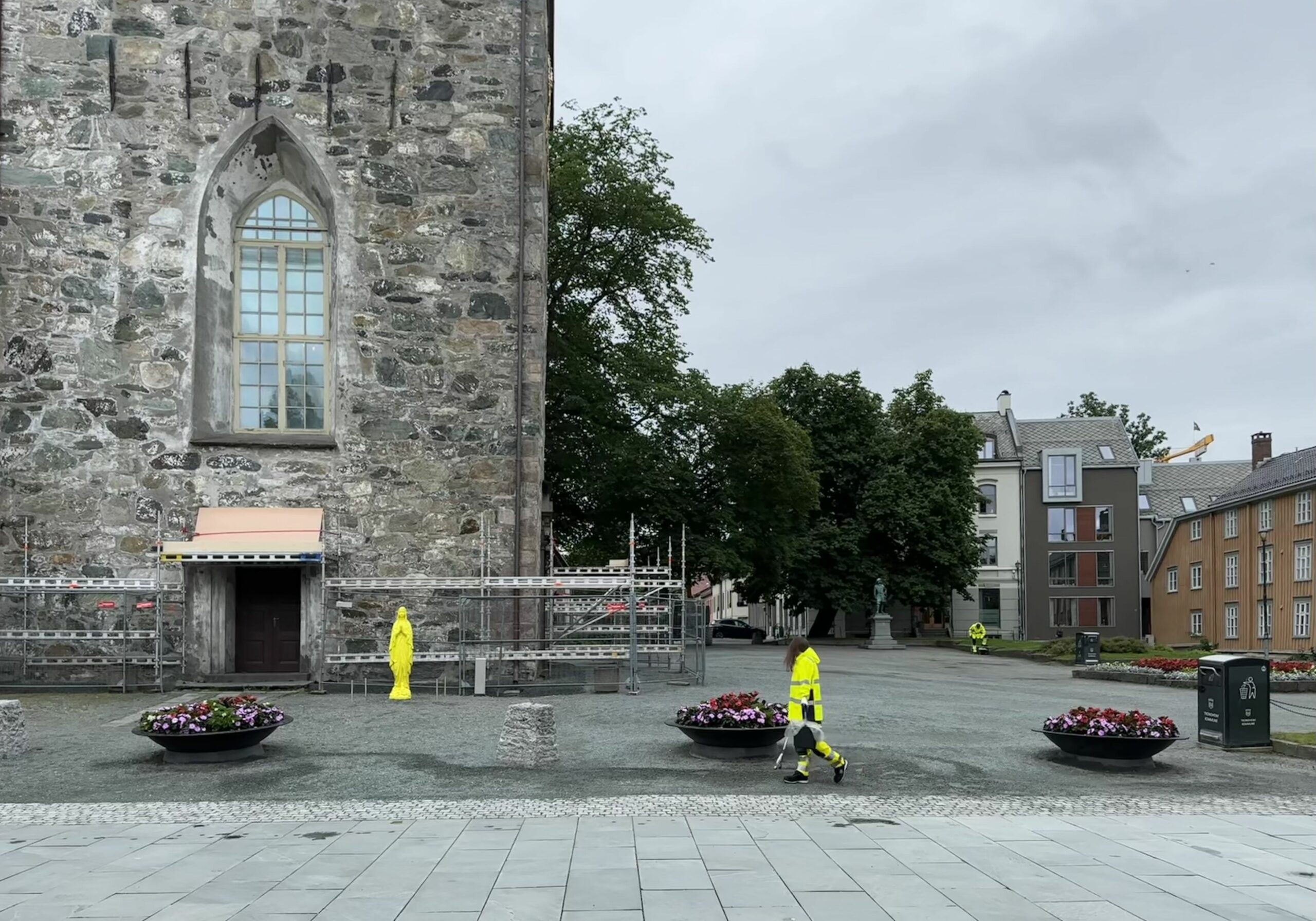Still life begins to crack

Opinion, Stedsfornemmelser, Text Series, Eline Bjerkan 25.05.2020
Most of Trondheim’s numerous public artworks are physical objects that need looking after. There are therefore high hopes attached to the art plan for Nyhavna, which might just mark a shift in the kind of art we encounter in public space. For the time being, however, the plan is on indefinite hold.
“A pleasant little park was redefined as a plaza by landscaping it and blasting it open in no uncertain terms with artistic installations.”
This quote is from an article ArtScene Trondheim published criticising the design of Julius Paltiels plass (2015) in the centre of Trondheim, a memorial site where a wide concrete path now leads to a large circular table, the art installation Dialog (Dialogue). The critic Gustav Svihus Borgersen wrote that the public art committee wanted to ensure that the place did not become “a dead memorial”, but rather a “place for reflection and conversation”.
Despite the good intentions, within a year of its inauguration, it was found that sections of the Dialog table were broken. In addition, it is rather doubtful whether the work will ever function as intended. On the contrary, as a close neighbour of the park for the past ten years, Borgersen can now confirm that there was more activity there before the redevelopment. In other words, the attempt to pep up a modest green space by subjecting it to instrumental visions and artistic development doesn’t necessarily bring it to life. This example raises a fundamental question: How do we want art to function in our public spaces?
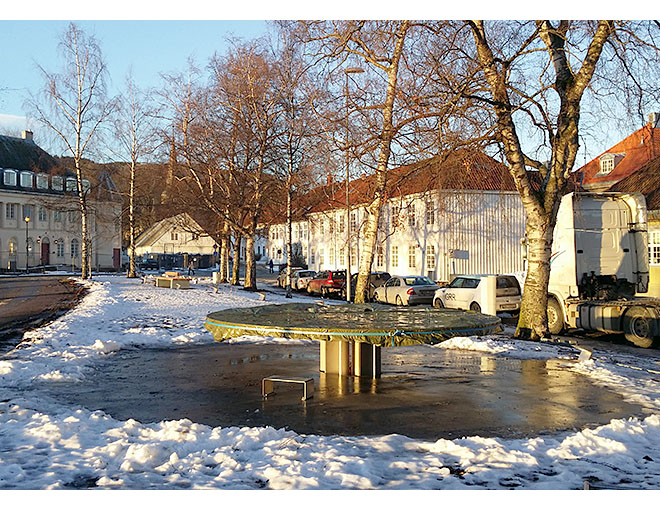
Although Paltiels plass seems to have suffered a particularly unfortunate fate, the issues of maintenance and artistic quality remain highly pertinent in relation to art in Trondheim’s more or less public spaces – which includes everything from miscellaneous artworks in offices to art in kindergartens and parks. In addition to a considerable number of items of the former type, some 300 site-specific works have been purchased via the public art scheme known as the “Trondheim Model”. In its official procurement plan and budget for 2019–2022, Trondheim council concludes that the sheer number of artworks included in the scheme makes it “unfeasible to continue current practice” without a revision:
“Funds earmarked for the management and maintenance of the procured art are insufficient, and the need is now urgent. The municipality of Trondheim must manage and safeguard the values that the purchased art represents.”
The current accumulation of artworks in need of care reflects the fact that the Trondheim Model has been used primarily to generate permanent art objects. Temporary projects, by contrast, “should be the domain of events such as biennials and the like, which draw on other funding sources,” as an evaluation of the scheme concluded in 2009.
This is a problematic attitude, because it isn’t only physical decay that threatens to reduce the art around us to insignificance. A refusal to expose the community to art of a more experimental kind, for which impermanence is often an important premise, can also have the effect of subduing the public art space. If the aim is truly to enliven our surroundings, then what is needed is a freer approach to form and content – one that shifts the emphasis from artistic decoration to the broader definition of art in public space.
For example, an action like the one undertaken by Steinar Laumann in 2017, in which the artist led a cow and her calf along an old herding road from Stryn to Oslo, a trek that lasted several months, hardly fits the category of decorative art. Laumann attached microphones to the cow’s ears to capture ambient sounds and conversations with various travelling companions, thus allowing his audience to “take a walk with the cow”, no matter where they happened to be. At the same time, it was a way to draw attention to Norwegian cultural heritage. A similar example from the same year is Jana Winderen’s Rats – Secret Soundscapes of the City, a multi-channel sound installation that stood for several weeks at the mouth of the River Aker in Oslo. Here, passers-by were exposed to the squeaks and whistles of Oslo’s rats, sounds produced at frequencies that are usually too high for the human ear to hear, but which are a feature of our surroundings even so. This was a work that also carried associations to social class structures and living conditions.

Temporary by nature, neither of these projects could easily have been accommodated by the Trondheim Model. This is despite the fact that projects of this kind don’t require much investment in terms of follow-up or maintenance. By limiting the time horizon one would probably enable even bolder and more visionary projects, as artist and public art consultant Per Formo argues in his article Skepsis og entusiasme: Blandede konsulenterfaringer (Scepticism and Enthusiasm: A Consultant’s Mixed Experience). In addition to questioning the premise of permanence, he highlights small budgets and tight timeframes as recurrent problems that negatively impact the quality of art:
“For a variety of reasons, the production machinery behind art in public spaces tends to churn out work that is predictable, only moderately good, and moderately ambitious – a kind of lowest common denominator for art – which, for works considered qua art, is not good enough.”
KORO, the institution that manages the state’s collection of art in public spaces, has stated in its strategic plan that “the temporal horizon of contemporary art is and should be varied. This must be adopted as a principle in the active management of KORO’s collection”. Speaking to ArtScene Trondheim, KORO’s director Svein Bjørkås says that temporary artworks have become a significant and expanding production category with a steadily growing budget over the past twenty years.
“This follows the general trend of development in contemporary art. We work actively to improve our management routines to ensure a continued existence for temporary art. The variety of idioms and artistic media is large, so this is a challenging and interesting task for us and everyone else who manages contemporary art.”

In addition, KORO takes into account that some works may have limited lifespans, even though they were not initially intended to be temporary: “This applies, for example, to works where the artist has experimented with technological devices whose functional lifespan has been uncertain from the start,” says Bjørkås.
Neither does the neighbouring county of Innlandet (formerly the two counties of Oppland and Hedmark) have any aversion to temporary works of art. The county was behind the successful Mjøsa – et kunstprosjekt (Mjøsa – an art project) (2016–2018), which treated the Mjøsa lake as a “geographical, environmental, historical, cultural and social phenomenon”. The seven municipalities that border Mjøsa were assigned at least one artist each, all of whom had some kind of personal connection to the area. Spread out on or near the shoreline around the lake, the resulting artworks will remain accessible for a period of two years.
It seems reasonable to compare the Mjøsa project with the programme for Brattøra in Trondheim. Judging by the art plan for Brattøra, one imagines the two projects should be fairly similar: both focus on the site-specific and on artists with local affiliations, and it is envisaged that several of the contributing works should be temporary. Nevertheless, the outcome of the two projects has been very different. The plans for successive, temporary works on Brattøra have not materialised, and few of the artists seem to have any noteworthy connection to the place. Moreover, it has to be said that the site-specific aspect is somewhat half-hearted; ultimately, the art relates to Brattøra only on a general and rather superficial level.

Two of the sculptures that are meant to reference the area’s specific qualities are, for example, Åsa Maria Bengtsson’s Rolling Carpet and Ole Rosén and Mari Røysamb’s Ørekonkylie (Ear Conch). The former is a representation of an oriental rug that is meant as a reminder of the port’s function as a place of trade that receives impulses from around the world. While not exactly wrong, the same claim could be made for almost any port city. The only information about Ørekonkylie that can easily be found claims that the work focuses on “the sound of the sea, from the quiet murmur of the fjord to the crashing waves of the ocean. The conch is also a poetic symbol for the relationship between humans and the great blue sea.” Appealing as that image might be, that’s also where the associations seem to stop.
It is striking how much more responsive to their respective sites the works in the Mjøsa project were. Several were thematically linked to events that had taken place in the area, or to actual properties of the lake. The steel sculpture Lyden av tåke (The Sound of Fog), for example, mimicked the sound of a foghorn, a reference to an accident in 1912 when two ships collided due to poor visibility. In Stange, they erected Mjøsblikk (Mjøs View), a lookout tower, as a reminder of an incident in 1962, when “a grenade was shot right through the barn” of a farmer at Staur. Another work involved floating 100 logs, shaped like large coloured pencils, the full length of the lake, from Minnesund to Lillehammer. Performed in direct contact with the water, the work served as a reminder of Mjøsa’s function as a transport artery. All three works had multiple levels of meanings and were informative about shared (local) history and the specific places where they took place.
While it would be going to far to insist that works should only be created by artists who were born and raised close to the intended sites for those works, one can certainly ask whether Brattøra would have looked different if a proportion of the artists had had some long-standing acquaintance with the area – or if more had been done to help them acquire such knowledge. By referring to, for example, historical, cultural, ecological or political particularities of a place, one avoids the impression of art objects scattered across the cityscape like random ornaments. A temporary perspective makes it easier to look beyond aesthetic and architectural parameters which, in the worst case, result in art that is kitsch, static or toothless.

“I would like to point out that the art plan for Brattøra was developed before I took up my current position,” says Berit Kirksæther, senior consultant in the council’s committee for culture and industry, when asked why the actual results diverge to such an extent from the plan as it stands.
She points out that the municipality’s investment regulations impose limits on the number of temporary artworks the Trondheim model can accommodate. The rules stipulate that funds should only be invested in art with a lifespan of at least three years.
“We can think of temporary works as preparatory for enduring values. But in the main, we have to spend our resources on permanent work if we’re to keep within the guidelines.”
Where the municipality has, in the past, commissioned temporary art, it has got around the problem by creating relatively permanent installations of post-event documentation, including photographs and film.
“For some commissions, this is a suitable approach. I think our art scheme is evolving, and it should be possible to do a variety of things. We have become far more aware of the way art can help in urban development and in shaping the town’s identity,” says Kirksæther.
Kirksæther mentions the development of the art plan for the district of Saupstad as a project they are pleased with. Another urban development project that comes with high hopes is that of Trondheim’s Nyhavna harbour area, for which the art plan is now in preparation. Partner institutions include KORO and the Academy of Fine Art at the Norwegian University of Science and Technology (NTNU), while international curatorial competence is also being flown in. Nyhavna represents an opportunity with the potential to mark a change in the way Trondheim Council works with art in public space, with projects described as “temporary art pilots” apparently now in the planning phase.
Further, there are reasons to believe the art plan should be reasonably free and experimental in form. It is not intended to prescribe the art that ends up at Nyhavna, but consists instead of guidelines on how to work with art in the area in the years to come. Accordingly, local and international artists have been engaged to contribute actively to the design of the plan, which amounts to a new approach, at least in the local context.
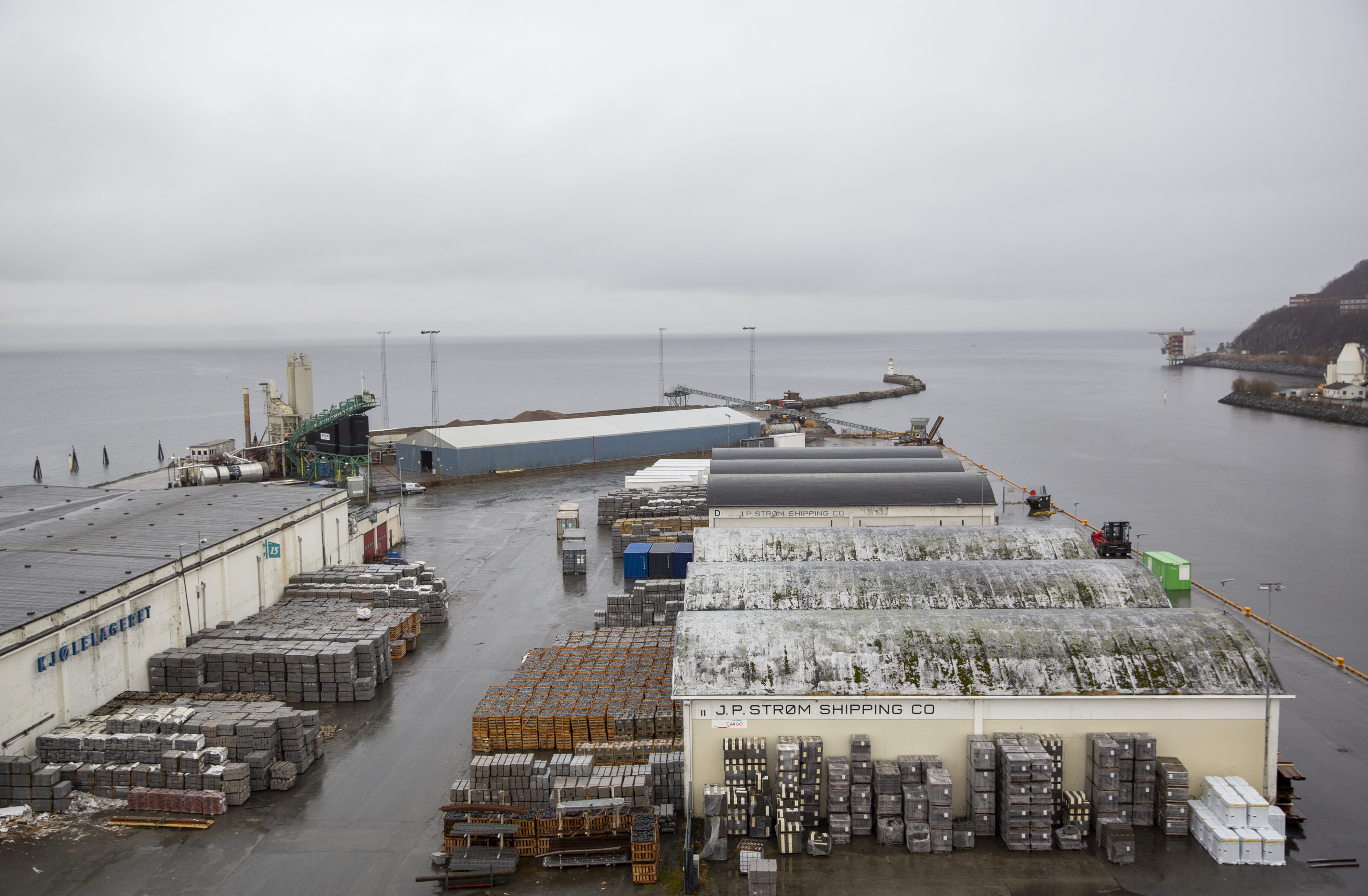
Meanwhile, we are still waiting for the plan to materialise, because, while it was meant to be finished in February, the steering group (Trondheim Council, Trondheim Harbour Authority and NTNU) have not yet agreed on a version they are prepared to publish. ArtScene Trondheim has repeatedly contacted Kirksæther, in the council, and the curators of the art plan, Anne-Gro Erikstad and Katja Aßmann, but none of them wants to say anything about either the work process or the general objectives or contents of the art plan.
“I think it would be wrong to say anything about the work on the art plan until we have some specific content that we have all agreed upon,” Kirksæther explains. One thing she can say is that aspects of cultural heritage at Nyhavna will play an important role in the plan. To this end, when work on the plan began a year ago, a handful of artists were asked to contribute ideas.
“This is what we have to discuss – how to use the input we have already received. It’s here we still have some work to do. We haven’t yet arrived at a finished product,” says Kirksæther, adding that they are “agreed on wanting an art plan for Nyhavna that is open and inclusive”.
With its social, political and historical interfaces, art in public spaces has a uniquely democratic potential. So far, however, the Nyhavna plan, with its supposedly innovative approach to art, seems remarkably insulated from the outside world. At the same time, there is no lack of ambitious architectural and urban development proposals for Nyhavna, for instance, the strategic plan Pilots and Events, which also describes visions for adventure and culture-based activities. If the delays continue, there’s a risk of the art plan being left in a backwater while Nyhavna moves forward, which in turn could endanger the relevance of the Trondheim model in the future.
Translation by Peter Cripps.
The English text is financed by Trondheim municipality.
Article photo: AST / Märit Aronsson
